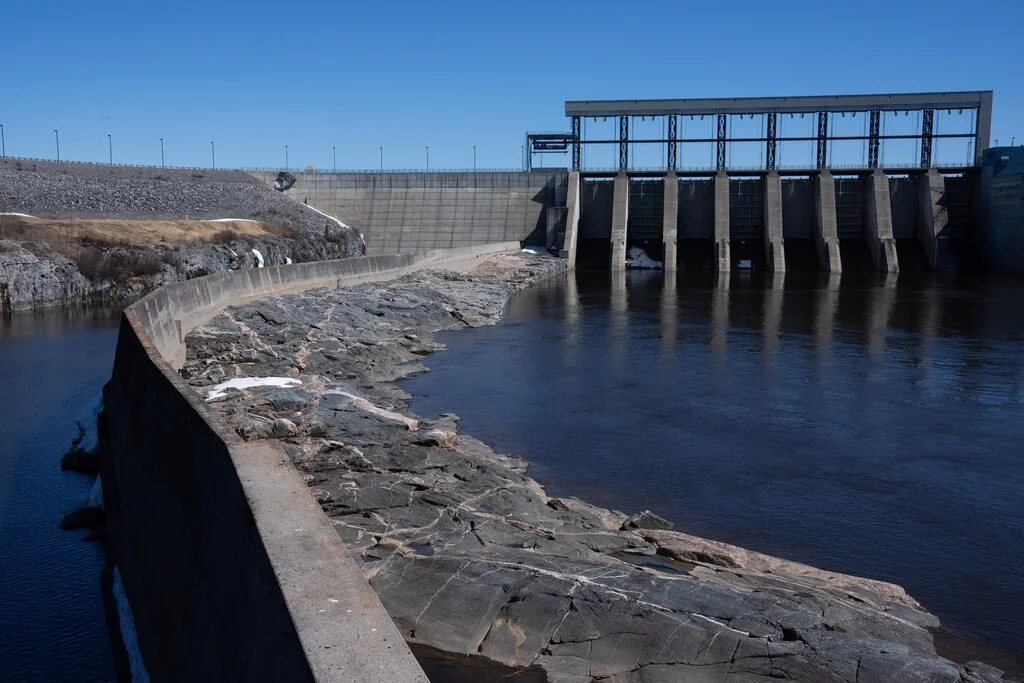When hydropower runs dry



A dry section of the Guavio Reservoir that feeds the Guavio Hydroelectric Power Plant in Gachala, Colombia, in April. Jhojan Hilarion/Agence France-Presse — Getty Images
Global pollution from electricity generation was set to fall last year, thanks to the growth of renewable energy. Then came the droughts.
Hydropower, the biggest source of renewable energy in the world, was crippled by lack of rain in several countries last year, driving up emissions as countries turned to fossil fuels to fill the gap. To cope with the electricity shortfall, China and India turned to coal plants, and Colombia to natural gas.
A recent report by the International Energy Agency showed that hydropower’s decline last year pushed countries to use dirtier sources of energy that produced an extra 170 million metric tons of carbon dioxide. That’s like turning on an extra 42 coal-fired power plants for a year. In China, the worst-hit country, hydroelectricity generation saw the steepest fall in the past two decades, according to the I.E.A.
This year, the dip in hydropower has continued in some countries, including Ecuador and Turkey, as temperatures continue to shatter records. Because its giant hydroelectric dams didn’t have enough water, Canada imported more electricity from the United States than it had done in over a decade, as my colleague Ivan Penn wrote this week.
But even in rainier years, hydropower comes with a catch.
Today, I want to explain why this century-old technology is struggling, why it may not be as clean as many people think and also why, despite all this, experts believe it still has an important role to play.
As Joe Bernardi, who tracks the industry for Global Energy Monitor, told me: “Hydropower remains a key piece of the global transition away from fossil fuels.”
Why hydropower has declined
Climate change’s role in the struggles of hydropower plants isn’t always clear. But studies have shown that pumping more carbon into the atmosphere changes precipitation patterns, increases the evaporation of water and melts glaciers that feed into some of the world’s biggest rivers.
All of this can dry up reservoirs that fuel hydropower plants, making it harder for countries to abandon dirty sources of energy that contribute to global warming.
Last year, El Niño, the weather pattern that makes many parts of the world dryer and warmer, added to the hydroelectric sector’s challenges. El Niño is associated with lower rainfall in several parts of the world that have large hydropower dams, such as the northwest of the United States and the southwest of China.
In the United States, hydropower generation fell 6 percent last year. The decline was mostly attributed to high temperatures having melted snow too quickly in the Northwest, leading to huge water loss that curbed energy production in hydropower plants.
In China, hydropower generation fell around 4.9 percent last year, according to the I.E.A., because of a severe drought in the southwest provinces of Sichuan and Yunnan, which can generate almost half of the country’s hydroelectricity. Still, renewables have grown so much in China that there is reason to believe that the country’s emissions may have peaked last year, as Carbon Brief reported.
Canada’s hydroelectric plants have been so dry, Canada imported more electricity from the U.S. than it had done in over a decade. Ruth Fremson/The New York Times
Connectivity helps
Climate change doesn’t lead to drier conditions everywhere. In some parts of the world, it increases rain. In Brazil, lack of rain has dried up large dams that fuel power plants in the north, while frightening floods have come to the south, where there are even larger dams.
While climate change is still expected to present enormous challenges for hydropower in Brazil, rain in one part of the country can help offset drought in another. But that can happen only because Brazil’s grid is fully interconnected, meaning that the energy that each plant produces can be directed to almost any part of the country that needs it.
Experts say a better connected electric system in the United States and Canada would help the region cope with hydropower declines. Instead of one fully interconnected grid, the United States has three grids that connect only in a few points and share little power between them, as my colleagues Nadja Popovich and Brad Plumer explained.
“Most models suggest that a more interconnected grid is a better grid,” Shelley Welton, a professor at the University of Pennsylvania who helped write a recent report on the United States’ grid, told Penn. “I do think there is power in being interconnected across North America. We need scenario planning. We need long-term planning.”


